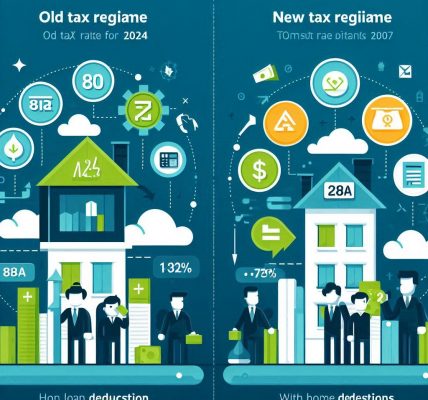Introduction
The real estate market constantly evolves, with new opportunities emerging in regions once overlooked. Smart investors know that discovering these hidden gems early can yield substantial returns. This guide will help you identify promising real estate markets, assess potential risks, and strategize your investments effectively—all while staying compliant with legal regulations.
Why Invest in Emerging Real Estate Markets?
Emerging real estate markets offer several advantages over established markets:
- Affordability – Property prices in emerging areas are typically lower, allowing investors to enter the market with minimal capital.
- Higher Growth Potential – These markets often experience rapid appreciation as infrastructure, job opportunities, and population growth drive demand.
- Increased Rental Yields – Lower property costs combined with increasing demand can lead to higher rental income.
- Economic Expansion – Government initiatives, foreign investments, and business development often contribute to a strong local economy, benefiting property owners.
Key Factors to Identify Hidden Real Estate Gems
Finding a profitable emerging market requires thorough research. Here are some critical factors to evaluate:
1. Economic Indicators
- GDP growth rate
- Employment opportunities and job market trends
- Local business expansions and foreign investments
2. Infrastructure Development
- Upcoming transportation projects (highways, airports, metro systems)
- Expansion of educational institutions and healthcare facilities
- Smart city initiatives and urban planning projects
3. Population Growth and Demographics
- Migration trends and population increase
- Demand for rental housing and homeownership
- Presence of young professionals and students
4. Government Policies and Incentives
- Tax benefits and deductions for real estate investors
- Policies favoring homeownership and foreign investments
- Rezoning laws and land use regulations
5. Market Trends and Price Appreciation
- Historical price trends and forecasts
- Rental demand and vacancy rates
- Competitive pricing compared to neighboring regions
Top Emerging Real Estate Markets in 2025
1. Secondary Cities in the United States
- Austin, Texas – Booming tech industry and affordability.
- Nashville, Tennessee – Growing job market and low tax rates.
- Boise, Idaho – High quality of life and increasing population growth.
2. Southeast Asian Real Estate Hubs
- Ho Chi Minh City, Vietnam – Strong GDP growth and foreign investments.
- Phnom Penh, Cambodia – Affordable properties and economic stability.
- Jakarta, Indonesia – Infrastructure growth and expanding urbanization.
3. European Cities with Growth Potential
- Lisbon, Portugal – Attractive residency programs and increasing demand.
- Tbilisi, Georgia – Tax-friendly policies and tourism-driven market.
- Warsaw, Poland – Strong economic performance and rising rental demand.
DIY Guide: Steps to Invest in Emerging Markets
Step 1: Conduct Market Research
Use reliable sources such as:
- Government reports
- Real estate market studies
- News articles and expert analyses
Step 2: Network with Local Experts
Connect with:
- Real estate agents
- Property managers
- Local investors and business owners
Step 3: Visit the Location (If Possible)
Seeing a property and its surroundings in person provides valuable insights into the neighborhood’s growth potential.
Step 4: Assess Legal and Regulatory Requirements
- Understand property ownership laws (especially in foreign countries).
- Ensure compliance with tax regulations.
- Check for zoning laws and future development plans.
Step 5: Analyze Financial Feasibility
- Calculate projected ROI and rental yields.
- Factor in property maintenance and management costs.
- Compare financing options and interest rates.
Step 6: Start with a Small Investment
- Consider rental properties before large-scale investments.
- Partner with local developers to minimize risk.
- Use real estate crowdfunding platforms for diversified investments.
Risks and How to Mitigate Them
Investing in emerging markets comes with risks. Here’s how to manage them:
1. Market Volatility
- Diversify investments across multiple regions.
- Avoid overleveraging; maintain a financial buffer.
2. Legal and Regulatory Challenges
- Consult a local legal expert before making purchases.
- Ensure all contracts are reviewed by professionals.
3. Economic Instability
- Monitor economic trends and government policies.
- Invest in areas with diverse industries to minimize impact.
4. Infrastructure Delays
- Avoid projects with uncertain timelines.
- Prioritize locations with existing infrastructure over speculative developments.
Conclusion
Investing in emerging real estate markets can be highly rewarding for smart investors willing to do their homework. By carefully analyzing economic trends, infrastructure development, and legal considerations, you can uncover hidden gems that offer substantial growth potential. However, always take a cautious approach, seek expert guidance, and diversify your portfolio to minimize risks. With the right strategy, emerging markets can be a gateway to long-term financial success in real estate investing.




